Marble tiles are a popular choice for homeowners and designers seeking to infuse elegance and timeless beauty into their spaces. Known for their unique patterns and striking appearance, marble tiles can transform any room into a showcase of luxury and sophistication.
However, before deciding to incorporate marble tiles into your design scheme, it’s important to weigh the pros and cons.
This guide aims to provide you with a comprehensive overview of the advantages and disadvantages of using marble tiles, ensuring an informed choice that aligns with your preferences and lifestyle needs.
Marble, a natural stone with centuries of history, holds a place of prestige in architecture and design. Its unparalleled elegance and the royal ambiance it imparts make it a sought-after material for both home and commercial spaces.
From the grandiose halls of ancient empires to the sleek interiors of modern-day luxury homes, marble has been a symbol of refined taste and sophistication. This enduring popularity is due to its unique veining, wide range of colors, and the luminous quality that seems to bring spaces to life.
Pros of Marble Tiles
Aesthetic Appeal
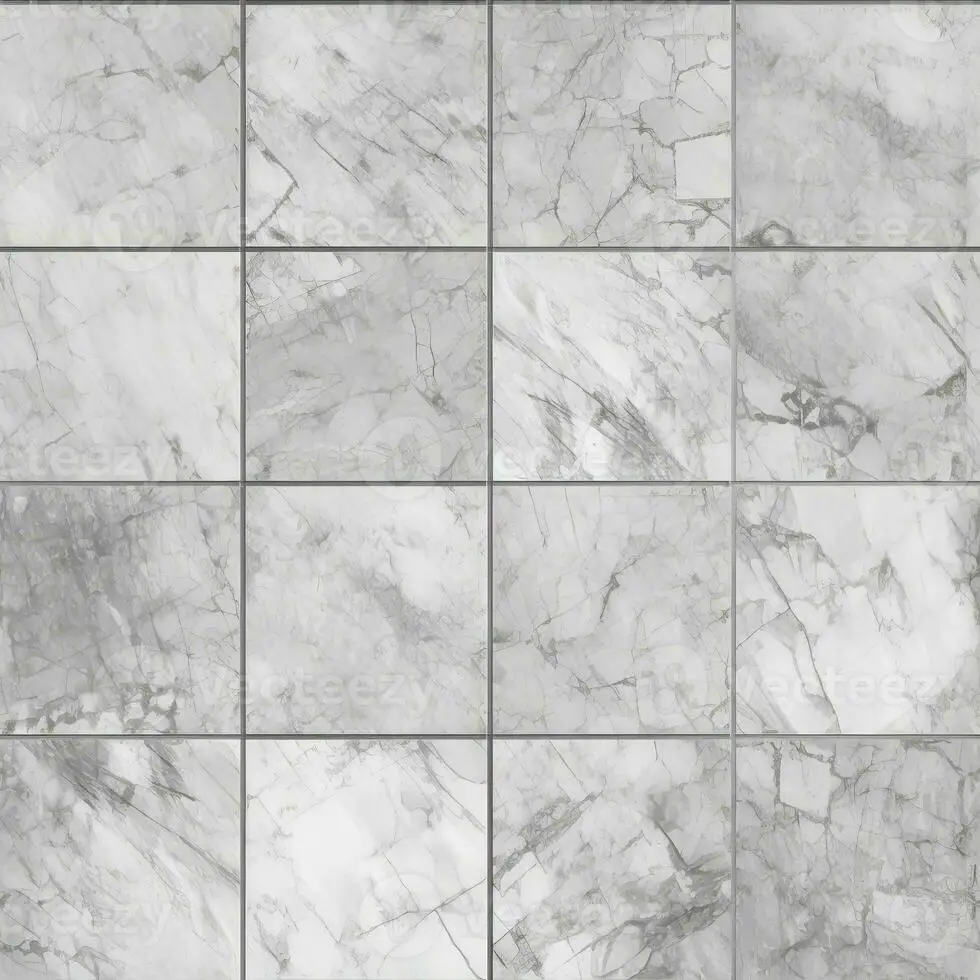
Unique Beauty and Timeless Elegance
Marble tiles are celebrated for their unique beauty and timeless elegance. Each piece of marble is distinctive, with veining and patterns that cannot be replicated. This natural variability ensures that no two marble floors or walls are exactly alike, giving your space a bespoke and high-end look.
The inherent beauty of marble, with its delicate veining and soft, swirling patterns, effortlessly elevates the aesthetics of any interior, making it a favorite among architects and homeowners who desire a touch of sophistication and a sense of enduring style.
Variety of Colors and Patterns
Marble tiles come in an incredible variety of colors and patterns, ranging from classic whites and creams to rich browns, greens, and blacks. This diversity allows for unparalleled customization and the ability to match any interior design scheme.
Whether you’re aiming for a subtle, understated look or a bold, statement-making aesthetic, marble’s wide range of hues and veining patterns offers endless possibilities.
Each color and pattern carries its unique character, enabling designers and homeowners to create spaces that reflect their style and preferences.
Natural Material
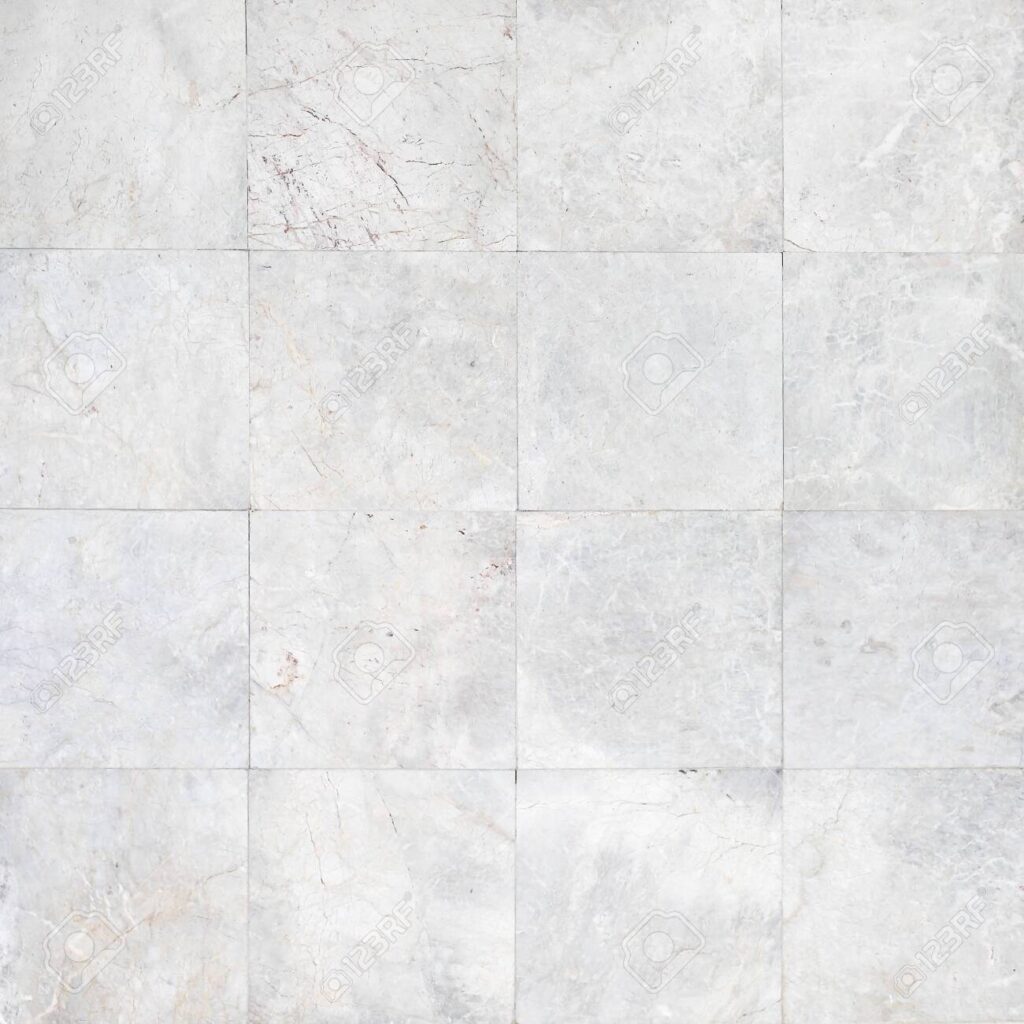
Eco-Friendly Option
Marble, being a natural stone, is an eco-friendly option for flooring and wall cladding. It does not require the use of any synthetic materials or harmful chemicals during its quarrying or installation processes, making it a sustainable choice for environmentally conscious homeowners.
Additionally, marble’s longevity means that it does not need to be replaced often, reducing waste and the need for new materials.
Its natural cooling properties can also help in reducing energy consumption in homes by minimizing the need for artificial cooling systems during warmer months.
Adds Value to the Property
Incorporating marble into a property’s design can significantly enhance its market value. Marble is often associated with luxury and elegance, qualities that are highly sought after in the real estate market.
Its durability and timeless appeal mean that it remains in style and excellent condition for many years, thereby increasing the property’s attractiveness to potential buyers.
Whether used in the kitchen, bathroom, or flooring, marble is a wise investment that pays off in both aesthetics and financial appreciation.
Heat Resistance
Marble’s inherent properties make it an ideal choice for regions with hot climates as well as for installations with underfloor heating systems.
This natural stone has exceptional thermal conductivity, which means it naturally stays cool to the touch even in warm environments.
This cooling effect makes marble floors and surfaces particularly beneficial in hot climates, providing a soothing, cool surface underfoot that can help to reduce the reliance on air conditioning, thereby saving on energy costs.
Furthermore, marble’s excellent thermal properties make it a perfect match for underfloor heating systems. Unlike some materials that can crack or become damaged with the fluctuating temperatures of heating systems, marble’s durability allows it to evenly distribute heat without suffering damage.
This ensures a warm, comfortable surface in colder months, enhancing the efficiency of underfloor heating systems.
The combination of aesthetic appeal, durability, and functionality makes marble an unparalleled choice for anyone looking to combine luxury with comfort in their living or working spaces.
Durability
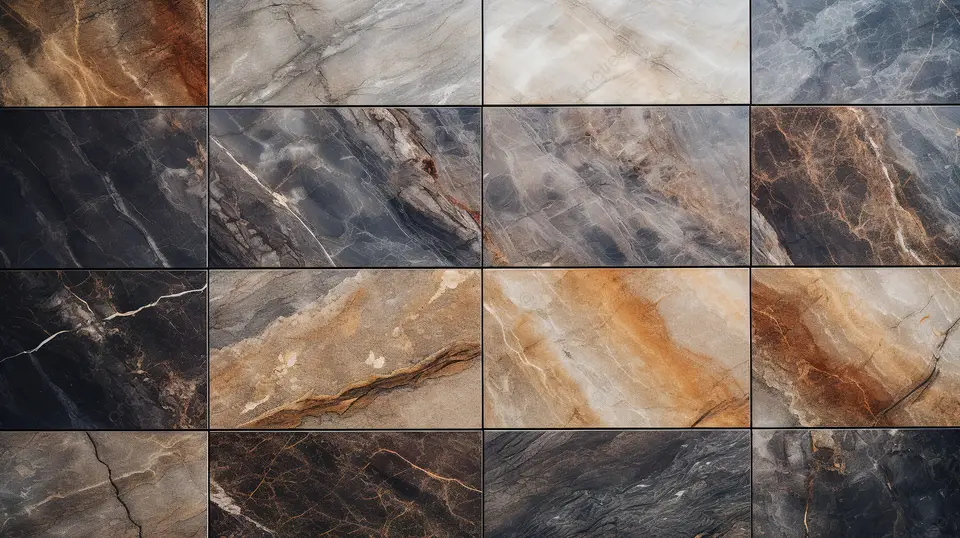
Marble not only brings a touch of elegance to any space but also offers the benefit of longevity, provided it receives proper care and maintenance. This natural stone is inherently durable, but its porosity requires it to be sealed periodically to resist stains and prevent damage.
Sealing can effectively extend the lifespan of marble, making it a practical investment for high-traffic areas like kitchens and bathrooms.
Regular cleaning with pH-neutral products is also essential to maintain its luster and prevent etching from acidic substances. Avoiding abrasive cleaners can prevent scratching and keep the marble looking pristine for decades.
With conscientious maintenance, marble surfaces can withstand the test of time, preserving their beauty and functionality far longer than many alternative materials.
This long-lasting nature contributes significantly to marble’s appeal as an investment in the aesthetic and financial value of a property.
Cons of Marble Tiles
Cost

One of the most significant drawbacks of marble tiles is their cost, which is generally higher than that of other flooring options such as ceramic, vinyl, or laminate. The reasons behind the elevated price point are multifaceted.
Firstly, the extraction and manufacturing process of marble is more labor-intensive and time-consuming than the processes used for producing synthetic flooring materials.
Marble needs to be quarried, cut to size, polished, and often shipped from overseas locations, all of which contribute to its higher cost.
Additionally, the natural veining and the uniqueness of each marble tile mean that more care must be taken during the installation process to ensure aesthetic continuity, which can lead to increased labor costs.
The premium cost is also a reflection of the marble’s perceived value, durability, and the luxurious finish it provides. However, this initial financial outlay can be seen as an investment, potentially increasing the property’s resale value due to its timeless appeal and lasting durability.
Maintenance
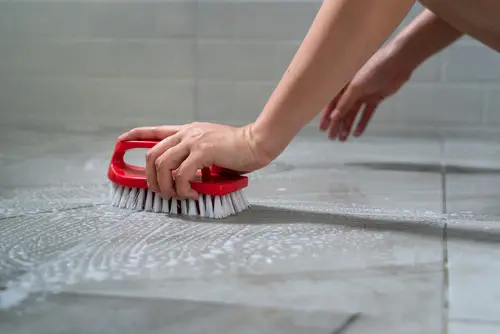
Requires Regular Sealing to Prevent Staining
Marble, being a natural stone, is porous, which makes it susceptible to staining from spills, especially those that are acidic. This characteristic necessitates regular sealing to protect its surface.
Typically, sealing is recommended at least once a year; however, the frequency can vary based on the marble’s location and usage. For instance, marble countertops in a kitchen might require more frequent sealing compared to marble flooring in a less trafficked area.
Failure to maintain this protective seal can result in stains that are difficult, if not impossible, to remove, compromising the marble’s aesthetic appeal.
Susceptible to Scratches and Etches
Due to its relatively soft nature, marble is also prone to scratches and etches, particularly in areas of high use. This means that care must be taken when moving objects across marble surfaces, as the stone can easily be damaged.
Kitchen countertops, for example, can suffer from etching due to the acidic substances commonly found in food and beverages, like citrus juices or vinegar.
While minor scratches and etches can sometimes be buffed out, more significant damage may require professional restoration.
It’s important for owners of marble surfaces to use protective mats or coasters and to be vigilant about wiping up spills immediately to preserve the stone’s pristine condition.
Slippery When Wet
Marble’s smooth and often highly polished surface, while visually appealing, can pose a significant risk of slips and falls, especially when wet. In areas prone to moisture, such as bathrooms or kitchens, marble flooring requires careful consideration to prevent accidents.
To mitigate this risk, opting for marble that has been properly textured is essential. Processes such as honing or brushing the marble can provide a more textured surface, increasing traction and reducing the likelihood of slips.
Additionally, incorporating non-slip mats or area rugs in strategic locations can further enhance safety. Property owners must address this aspect of marble maintenance and installation to ensure a safe environment for all occupants.
Neglecting to properly texture marble surfaces, particularly in high-moisture areas, not only endangers safety but can also lead to potential liability issues in commercial settings.
Cold underfoot
Can be uncomfortable in colder climates
Marble flooring, with its natural stone properties, inherently conducts heat away from the source, making it exceptionally cool underfoot. This characteristic, while potentially a boon in hot climates, rendering the interior of a home refreshingly cool, can turn into a significant drawback in colder environments.
In regions where temperatures drop significantly, marble floors can become uncomfortably cold, creating a less inviting atmosphere within living spaces.
The chill of the marble underfoot can deter the enjoyment of walking barefoot indoors and may require homeowners to use area rugs liberally to mitigate the discomfort.
The installation of underfloor heating systems presents a viable solution to this issue. These systems work by heating the floor from below, making marble floors feel warmer and more inviting to occupants.
As a bonus, underfloor heating also helps reduce energy costs as it distributes heat evenly throughout the room, allowing homeowners to lower their overall thermostat setting.
Related Topics:
Conclusion
The decision to incorporate marble tiles into your home or commercial space comes with both distinctive advantages and considerations. The unparalleled beauty, timeless elegance, and unique character of marble tiles can transform any space into a testament to luxury and sophisticated taste.
Its variety in colors and patterns, along with its eco-friendly nature and ability to add significant value to any property, make marble a compelling choice for those looking to invest in their spaces.
Additionally, its natural coolness and compatibility with underfloor heating systems offer practical benefits in terms of comfort and energy efficiency.
However, potential buyers should also be mindful of the costs, the need for regular maintenance, susceptibility to scratches, risks of slips when wet, and the cool nature of marble underfoot without proper heating in colder climates.
Weighing these pros and cons carefully will ensure an informed decision that aligns with your preferences, lifestyle needs, and long-term satisfaction, making marble tiles not just a stylistic choice, but a deliberate investment into the aesthetic and functional quality of your living or working environments.
FAQs
Can marble tiles be used in outdoor settings?
Yes, marble tiles can be used outdoors but it’s important to choose the right type of marble and ensure it’s properly sealed. Outdoor environments expose marble to weather elements, so selecting a marble with higher density and sealing it can help prevent stains and weather-induced damages.
How often should marble floors be resealed?
Marble floors should typically be resealed every 6 to 12 months, depending on the level of foot traffic and the area of installation. Kitchens and bathrooms may require more frequent sealing compared to other areas due to the higher exposure to spills and moisture.
What’s the best way to clean marble tiles without damaging them?
To clean marble tiles, it’s best to use a soft cloth or mop and a pH-neutral cleaner specifically designed for natural stone. Avoid acidic cleaners, bleach, and abrasive scrubbing tools as they can etch the marble’s surface or degrade the sealant, making the marble more susceptible to staining.
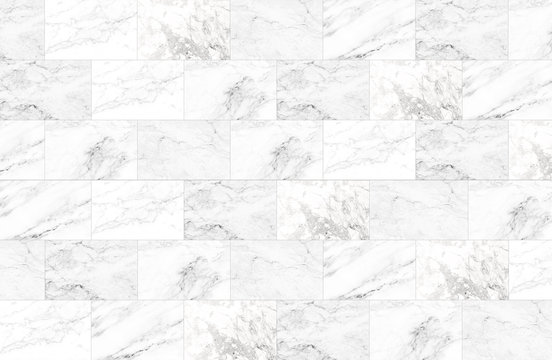
2 thoughts on “Understanding Marble Tiles Pros And Cons”